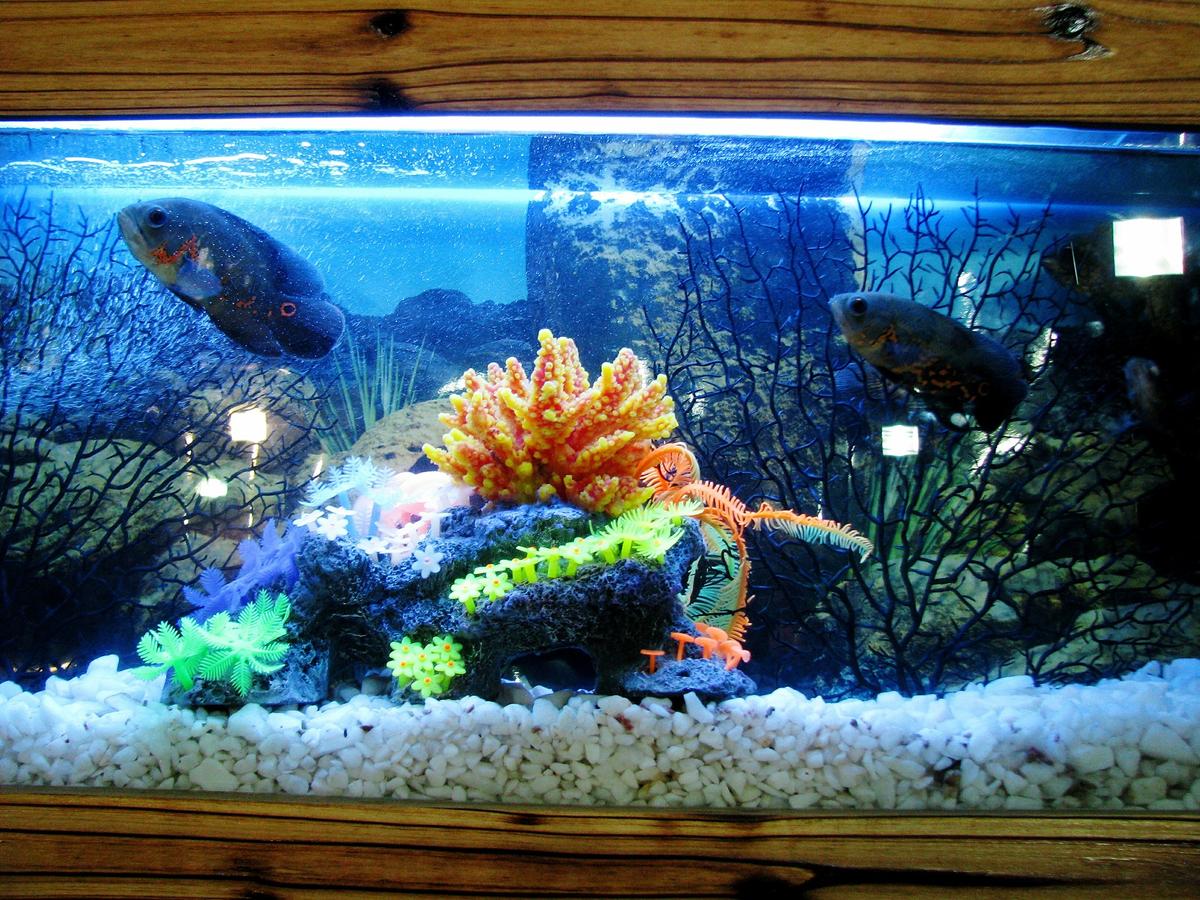Introduction
Maintaining optimal water conditions is crucial for the health and well-being of fish in your aquarium. One critical parameter to monitor is pH level, which measures the acidity or alkalinity of the water. A stable pH level ensures that your fish can thrive and that other tank inhabitants, such as plants and beneficial bacteria, can function properly. In this comprehensive guide, we will delve into the signs and symptoms of low pH in your aquarium, explore the underlying causes, and provide effective solutions to rectify low pH levels and create a healthy aquatic environment for your fish.
Understanding pH in Aquariums
pH is a measure of the concentration of hydrogen ions in the water, determining its acidity or alkalinity on a scale from 0 to 14. A pH of 7 is considered neutral, while below 7 is acidic and above 7 is alkaline. Most freshwater aquarium fish thrive in a pH range of 6.5 to 7.5, although specific species may require slightly different pH levels to flourish. Fluctuations outside this range can stress fish and compromise their immune systems, making them susceptible to diseases.
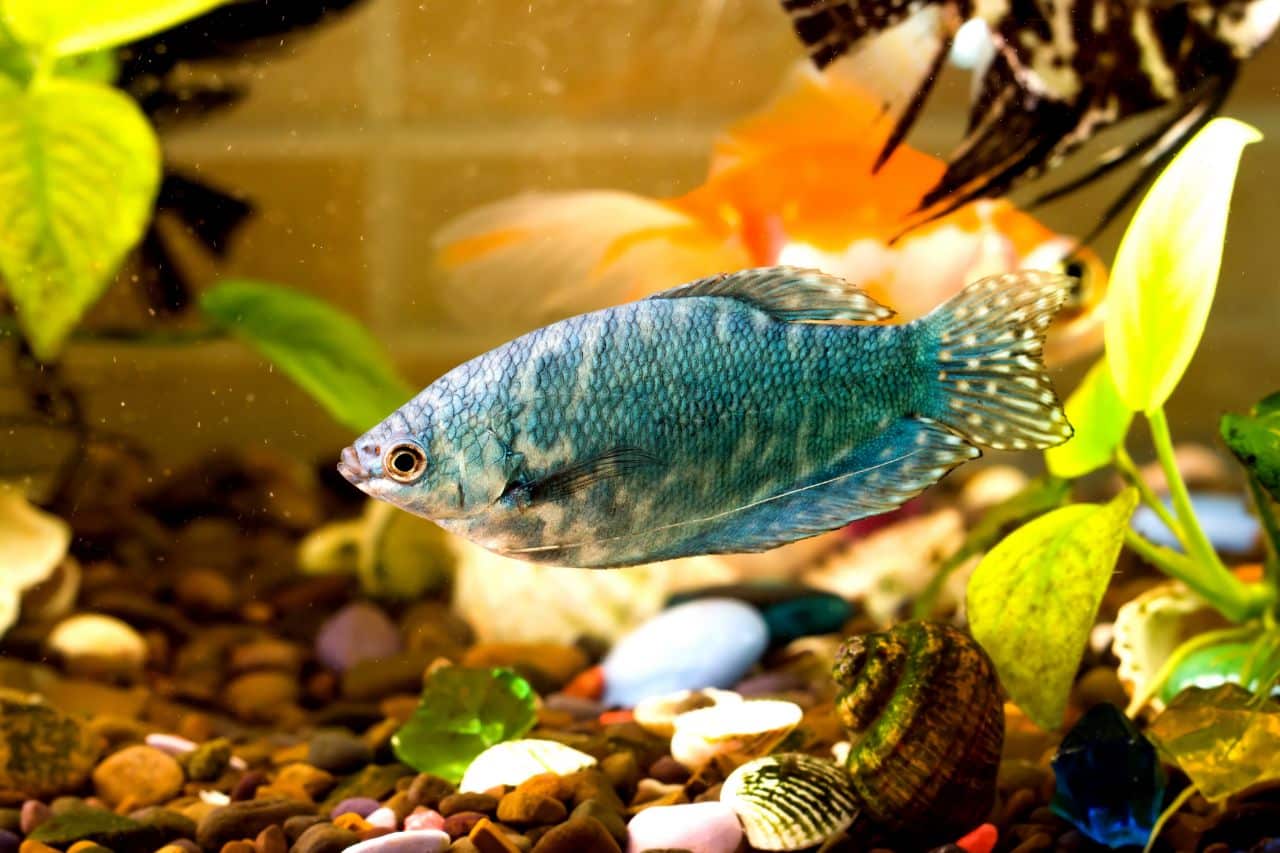
Signs and Symptoms of Low pH
Detecting low pH symptoms early is crucial for preventing health issues in your fish. Signs of low pH include fish gasping at the water surface, lethargy, loss of appetite, increased mucus production, and abnormal swimming behavior. Additionally, you may notice that plants exhibit poor growth or yellowing leaves, while beneficial bacteria essential for biological filtration may become less effective. Observing these symptoms prompts immediate action to stabilize pH and restore a healthy aquatic environment.
Causes of Low pH in Aquariums
Several factors contribute to low pH levels in aquariums. The primary cause is often inadequate buffering capacity, which refers to the water’s ability to resist changes in pH. Over time, biological processes such as fish respiration, decaying organic matter, and the breakdown of uneaten food produce acids that lower pH. Additionally, using driftwood, peat, or certain types of substrate that release tannins or acids can gradually acidify the water. In some cases, tap water with naturally low pH or improperly aged water that hasn’t stabilized can also contribute to pH fluctuations in the aquarium.

Testing pH Levels
Regular monitoring of pH levels using a reliable aquarium pH test kit is essential for proactive aquarium maintenance. Test your aquarium water weekly or bi-weekly to track pH trends and detect any deviations from the desired range. pH test kits provide accurate readings and enable you to adjust water parameters promptly if necessary. Ensure that your pH test kit is suitable for freshwater aquariums and follow the manufacturer’s instructions for precise measurements.
Methods to Raise pH
When faced with low pH issues, several effective methods can raise pH levels and stabilize water conditions in your aquarium. One approach is to use commercial pH buffers specifically formulated for freshwater aquariums. These buffers contain compounds that raise pH gradually without causing sudden fluctuations. Another method involves incorporating crushed coral or limestone gravel into your aquarium substrate or filter. These materials release calcium carbonate, which acts as a natural buffer to increase pH levels over time.
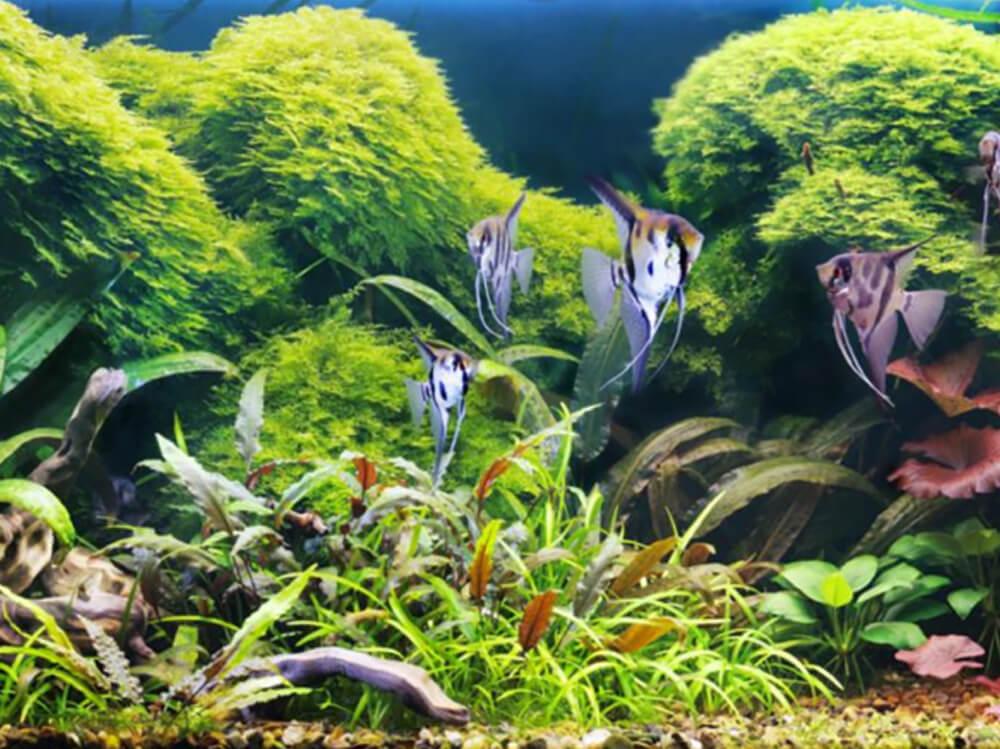
Natural Remedies for Low pH
For aquarists preferring natural remedies, incorporating natural substances can help stabilize pH levels. Indian almond leaves (Catappa leaves) release tannins that slightly lower pH, making them ideal for soft water aquariums containing fish that thrive in acidic conditions. Conversely, crushed coral, seashells, or dolomite chips can be strategically placed in the aquarium to gradually raise pH and provide essential minerals for fish health. These natural additions mimic the buffering effects found in natural aquatic environments.
Adjusting pH with Water Changes
Performing partial water changes is a straightforward method to adjust pH levels in your aquarium. Use properly conditioned tap water or reverse osmosis (RO) water with a pH slightly higher than your target aquarium pH. Gradually replace 10-20% of the aquarium water weekly to dilute acidic substances and stabilize pH without shocking your fish. Consistent water changes also replenish essential minerals and maintain overall water quality, promoting a balanced ecosystem for aquatic life.
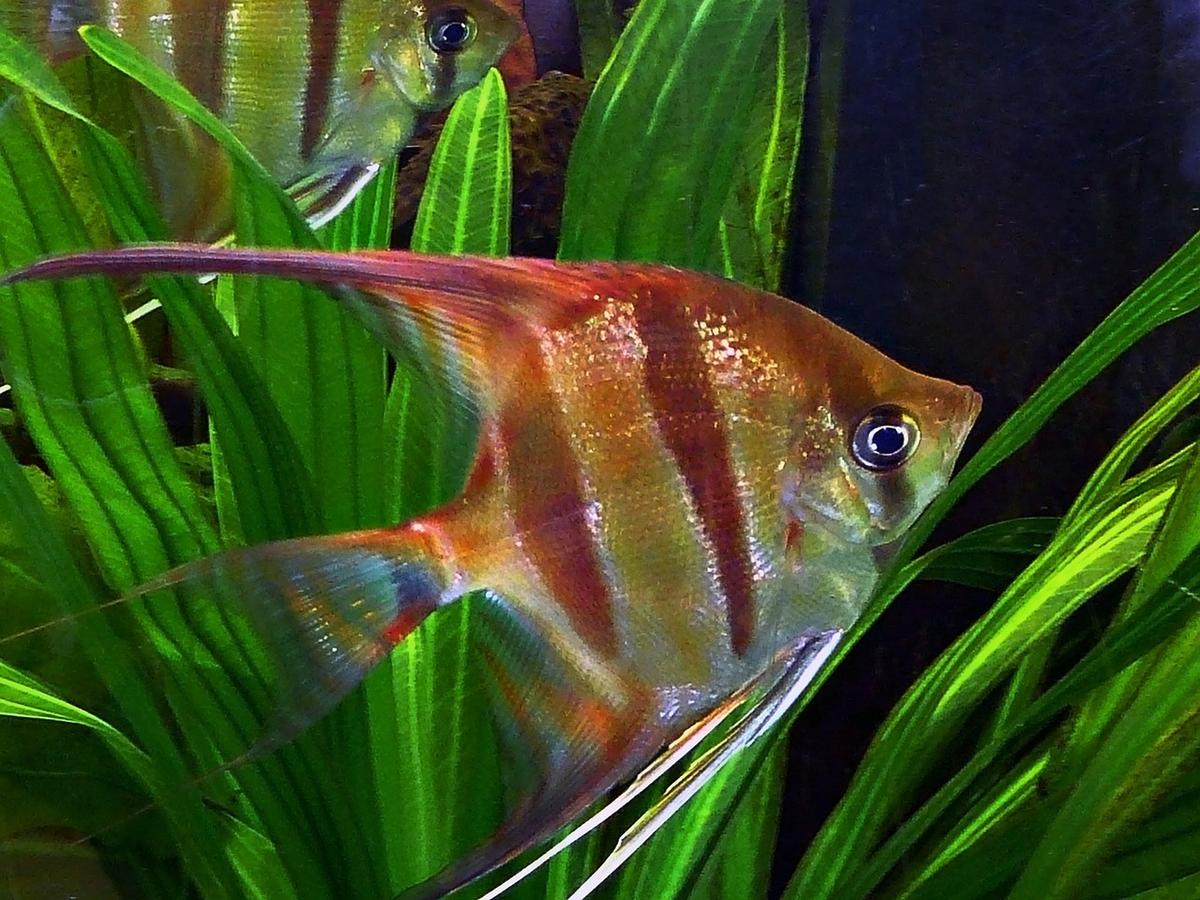
Monitoring pH Stability
After implementing pH-adjusting methods, monitor pH stability closely to ensure long-term water quality in your aquarium. Measure pH levels regularly for several days to observe any fluctuations and make necessary adjustments as needed. Keep in mind that sudden pH swings can stress fish and disrupt biological processes. Aim for gradual changes in pH over time to acclimate fish and other tank inhabitants to new water conditions gradually.
Preventing Low pH Recurrence
Preventing recurring low pH issues involves maintaining consistent aquarium maintenance practices. Regularly clean the aquarium substrate to remove excess debris and uneaten food that contribute to acidic conditions. Avoid overfeeding fish, as uneaten food decomposes and releases acids into the water. Test tap water before each water change to ensure it aligns with your target pH range. Lastly, monitor the effectiveness of pH buffers or natural additives periodically and replenish them as needed to sustain stable water parameters.
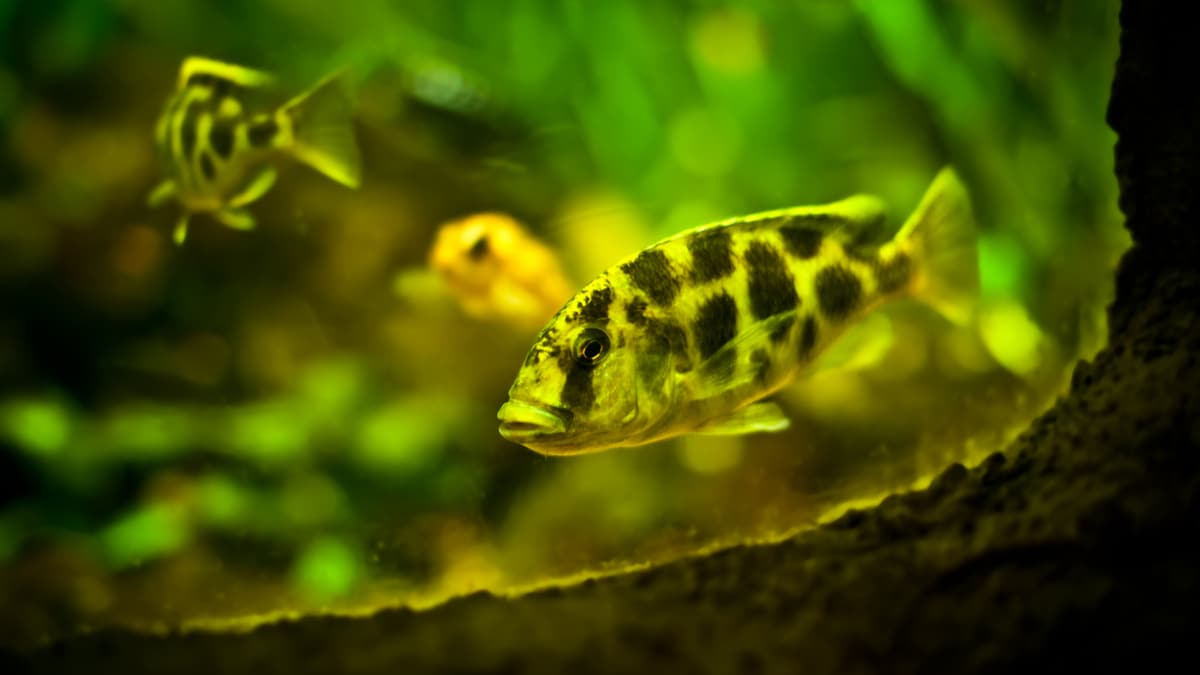
Adjusting pH with Water Changes
Performing partial water changes is a straightforward method to adjust pH levels in your aquarium. Here’s how you can effectively use water changes to stabilize pH:
- Water Selection: Use properly conditioned tap water or reverse osmosis (RO) water. Ensure the water you add has a pH slightly higher than your target aquarium pH to gradually raise the overall pH level.
- Frequency and Quantity: Gradually replace 10-20% of the aquarium water weekly. This helps dilute acidic substances and stabilize pH without causing stress to your fish.
- Benefits: In addition to stabilizing pH, regular water changes replenish essential minerals and remove accumulated waste, helping to maintain overall water quality and a balanced ecosystem for aquatic life.
Conclusion
Achieving and maintaining optimal pH levels in your aquarium is essential for fostering a healthy and thriving aquatic environment. By understanding the signs and causes of low pH, utilizing effective pH-adjusting methods, and implementing proactive maintenance practices, you can ensure that your fish, plants, and beneficial bacteria flourish. Regular monitoring, careful adjustment of water parameters, and preventive measures against pH fluctuations empower you to create a stable and vibrant aquarium ecosystem where your fish can thrive for years to come.






